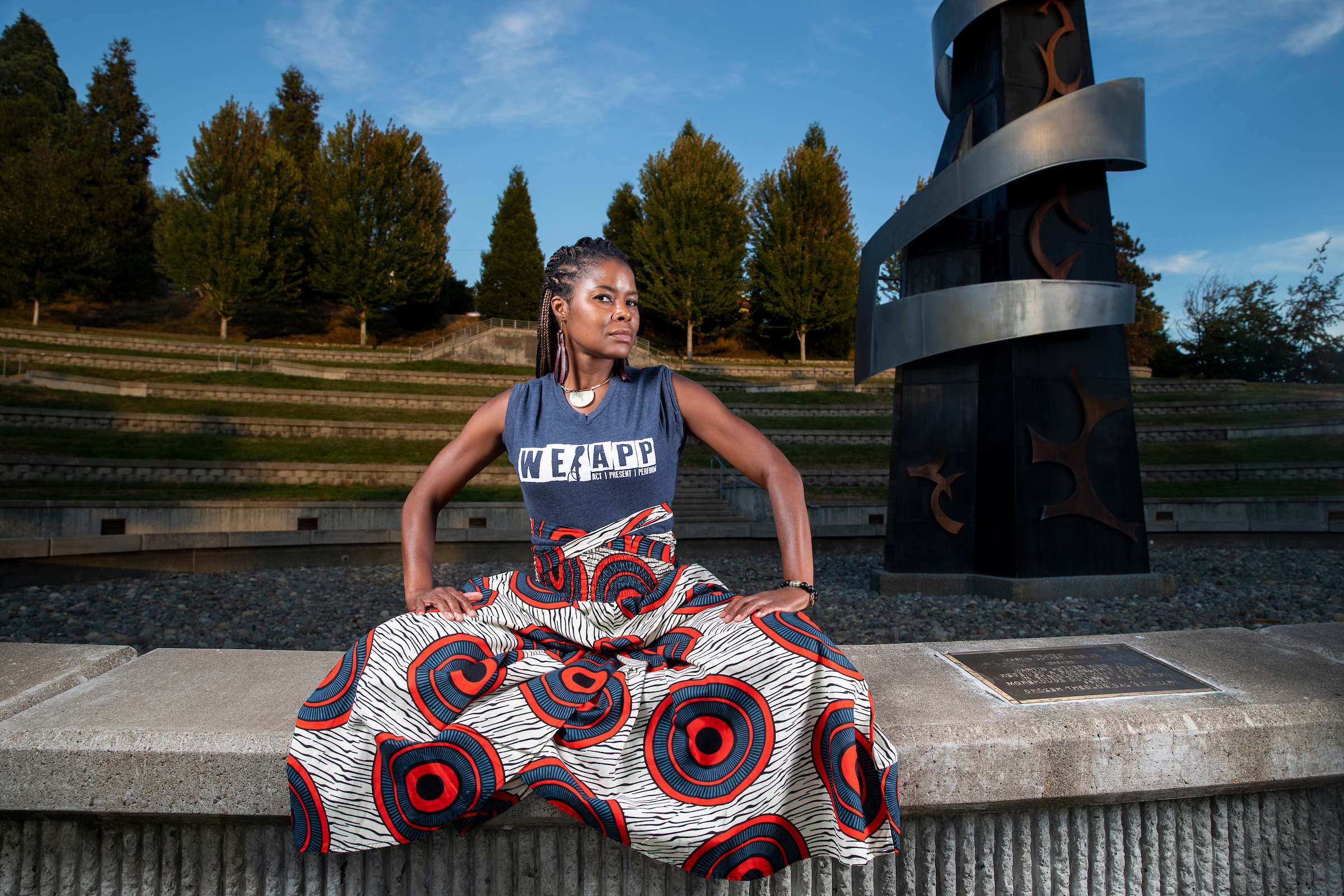Meet Our Students and Alumni
Learn more about Seattle University’s Master of Fine Arts Leadership students and alumni.
Since 2007, the Arts Leadership MFA has graduated hundreds of notable leaders. Our alumni and students are known for their dedication to social justice and passion for creating a better future, whether working with arts organizations, in their communities, or through personal projects. We look forward to connecting with you!
Toyia T. Taylor (MFA, ’11) is founder and executive director of Speak with Purpose (formerly We.APP: We Act. Present. Perform)
Meet Our Alumni
/158x0:2724x2566/prod01/channel_34/media/seattle-university/college-of-arts-and-sciences/departments-and-programs/department-of-performing-arts-and-arts-leadership/images/Maria-Gotay.jpg)
Maria Gotay MFA '25
A founder, designer, writer & arts leader, trailblazing a path to creative magic via design, production, and collaboration.
/0x141:1270x1411/prod01/channel_34/media/seattle-university/academics/all-programs/artsci/images/Adetola-Abatan.jpg)
Adetola Abatan, MFA '22
Adetola is a chemical engineer who recently rediscovered her artistic side as a collage artist. She primarily works with paper and fabric to explore ideas of being, becoming and belonging.
/0x141:1270x1411/prod01/channel_34/media/seattle-university/academics/all-programs/artsci/images/Sharon-Nyree-Williams.jpg)
Sharon Nyree Williams, MFA '09
Learn how alum Sharon Nyree Williams' work with the Kraken's Unity Fund Heroes of the Deep is positively impacting the community.
/0x141:1270x1411/prod01/channel_34/media/seattle-university/academics/all-programs/artsci/images/Katy-Hannigan.jpg)
Katy Hannigan, MFA '17
Alum Katy Hannigan and Claudia Bach, Arts Leadership faculty, conducted research for the CERF+ Artist Readiness Project.
/0x141:1270x1411/prod01/channel_34/media/seattle-university/academics/all-programs/artsci/images/Samantha-Anderson.jpg)
Samantha Anderson, MFA '22
Having grown up as a singer, performer, and lover of theatre, after four years at Oklahoma State University, Samantha decided to completely change her career path to reflect her passion and desire to advocate for the arts.
/0x141:1270x1411/prod01/channel_34/media/seattle-university/academics/all-programs/artsci/images/Andre%C3%8C%C2%81s-Arteaga.jpg)
Andrés Arteaga, MFA ’19
Born and raised in the barrios of Los Angeles, Andrés Arteaga informally practiced art, dance and writing as a means to dream, hope and survive.
/0x141:1270x1411/prod01/channel_34/media/seattle-university/academics/all-programs/artsci/images/Shannon-Welles.jpg)
Shannon Welles, MFA '19
Shannon found herself at the table with political representatives, fellow employees, community leaders, and musicians to organize preservation of the Showbox, one of Seattle's historic music venues.
/0x141:1270x1411/prod01/channel_34/media/seattle-university/academics/all-programs/artsci/images/Leah-St-Lawrence.jpg)
Leah St Lawrence, MFA '22
Leah is an art critic, new media curator, NewHive advocate, and chair enthusiast. St. Lawrence writes about and curates contemporary new media, digital interaction, and online engagement—specifically related to political/social/LGBTQI issues.
Get in Touch
If you have any questions about the program or application, we’re here to help!
Ashley Miller
Senior Admissions Counselor
/25x0:1121x1401/prod01/channel_34/media/seattle-university/college-of-education/faculty-and-staff/images/Miller,-Ashley-(1).jpg)
